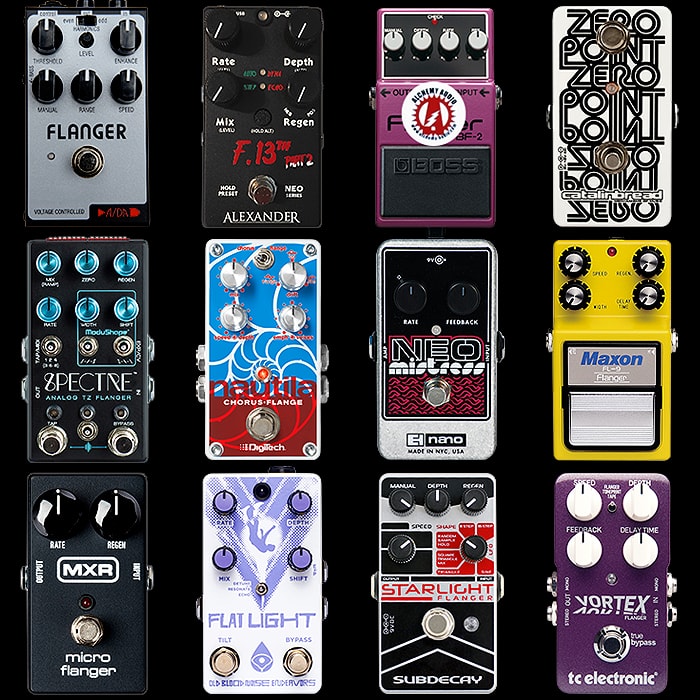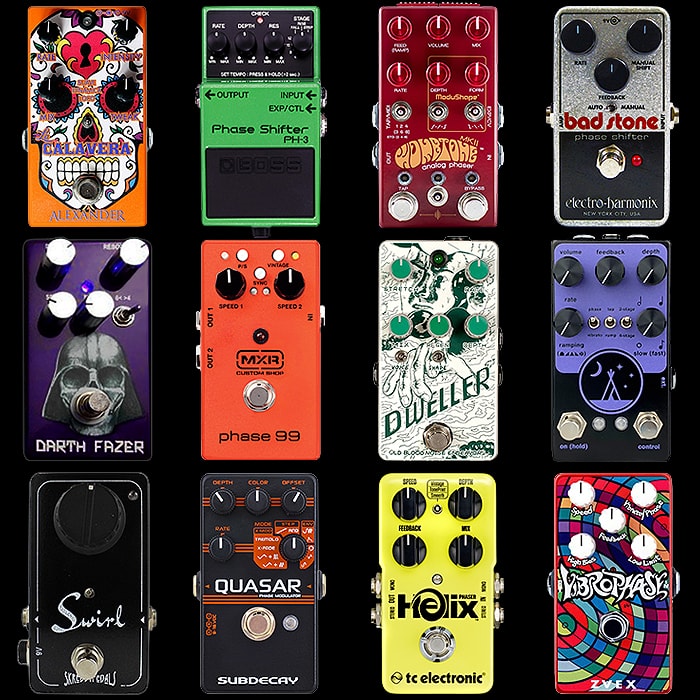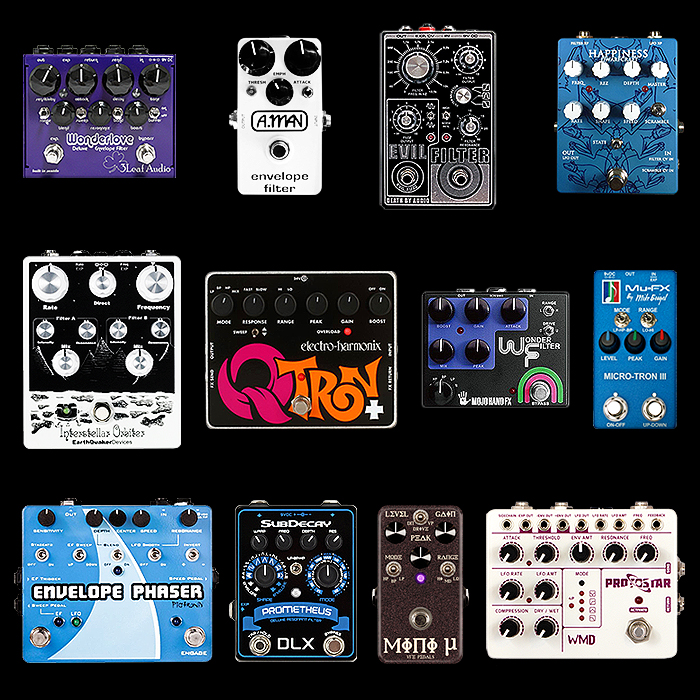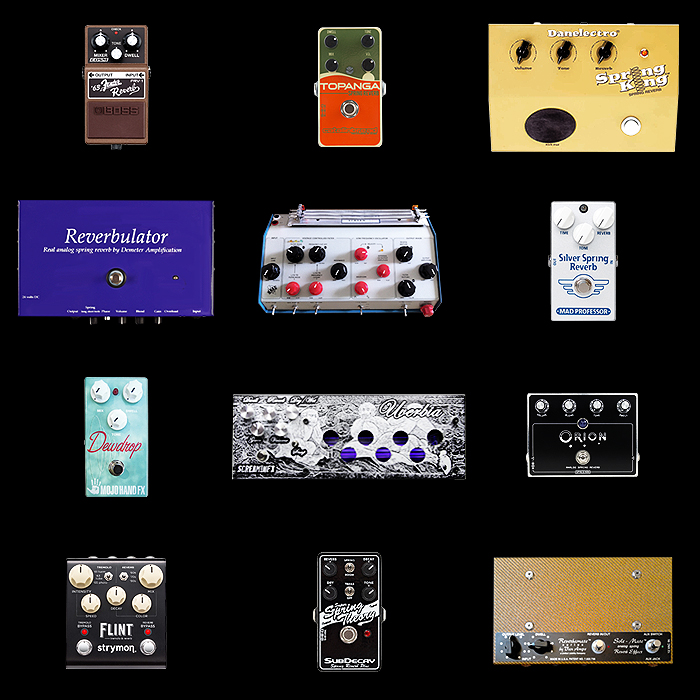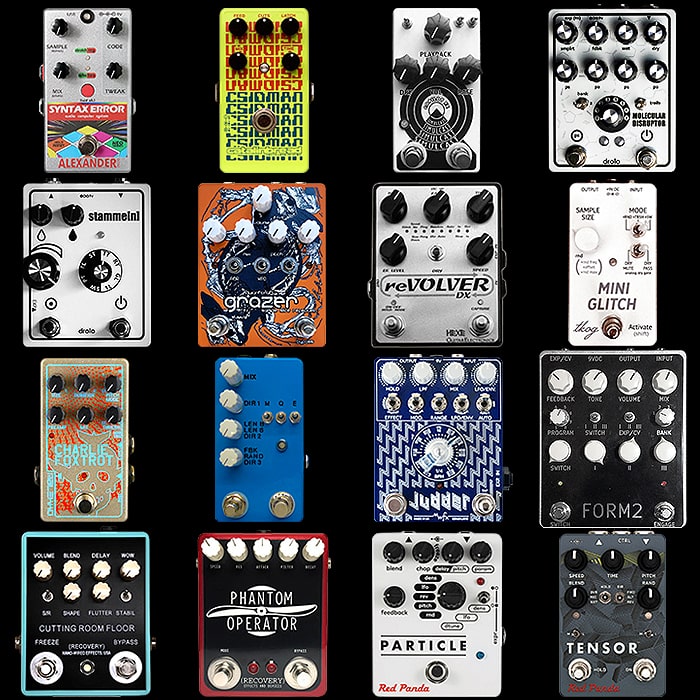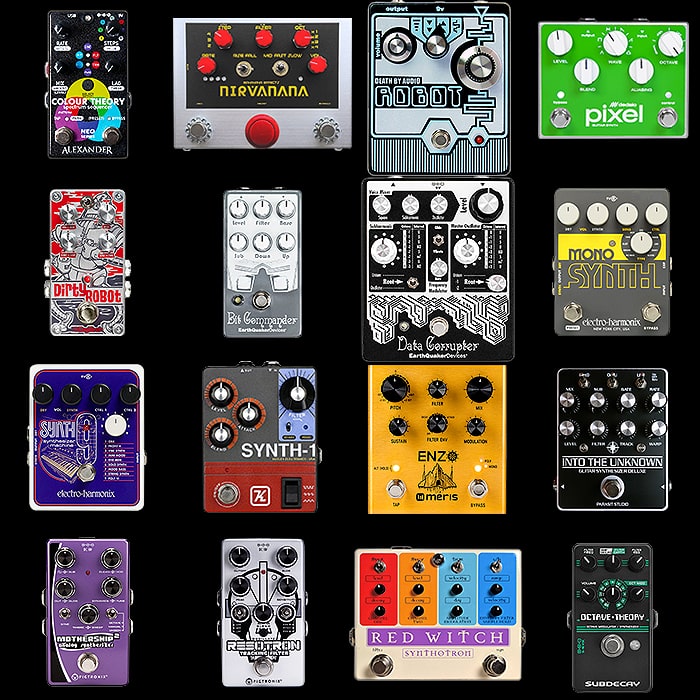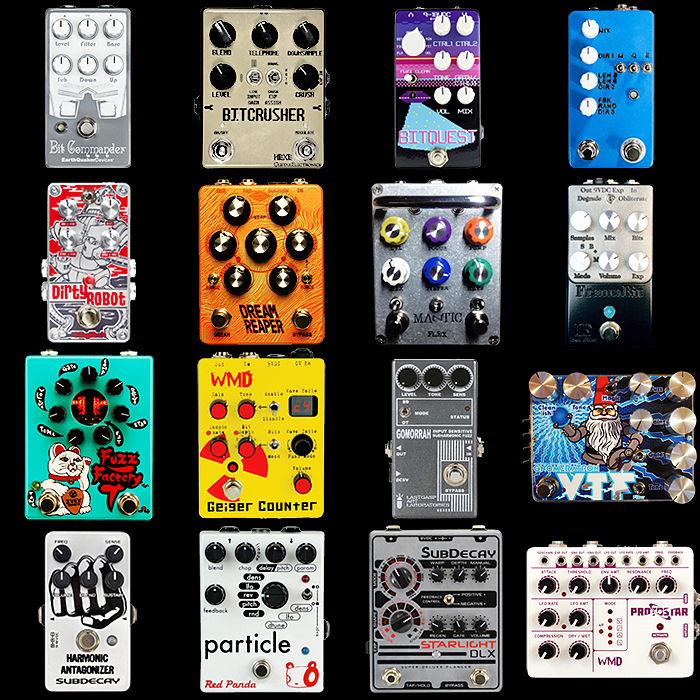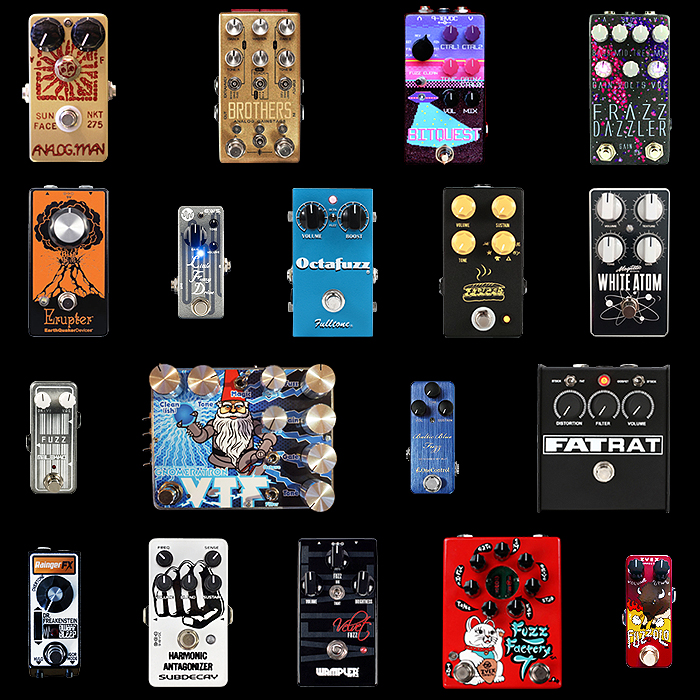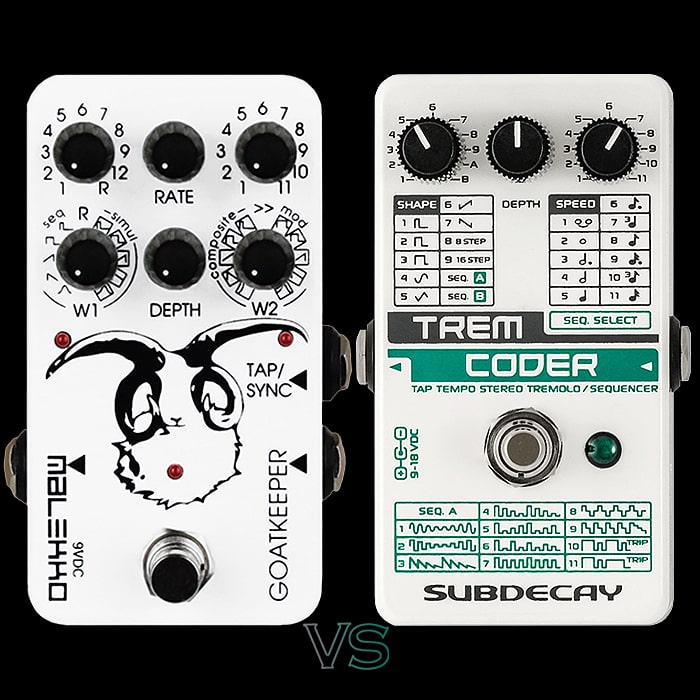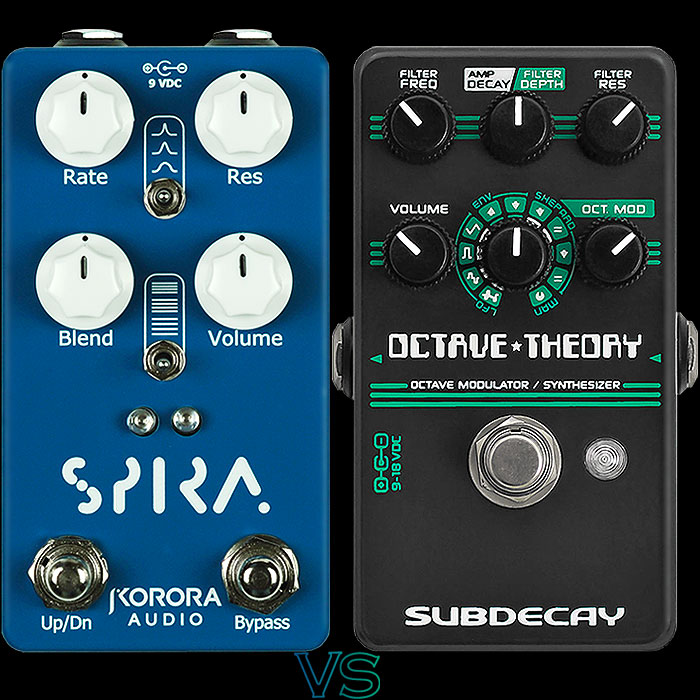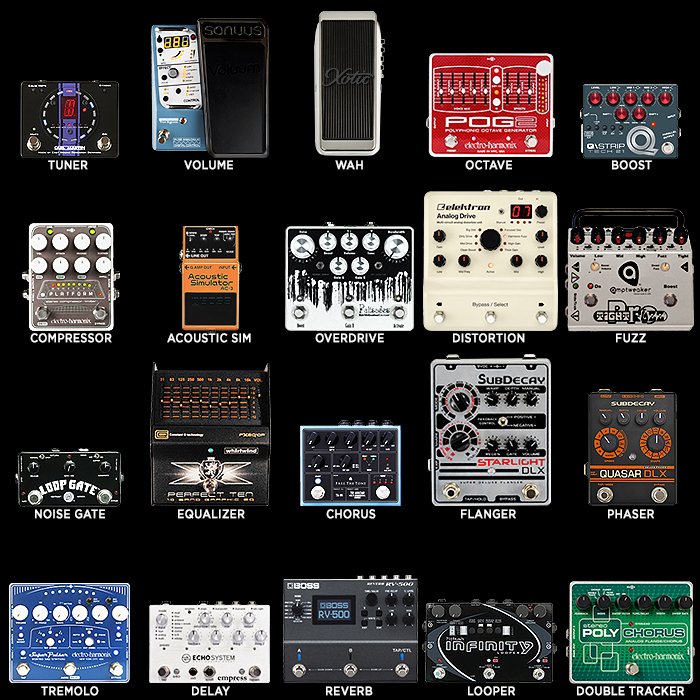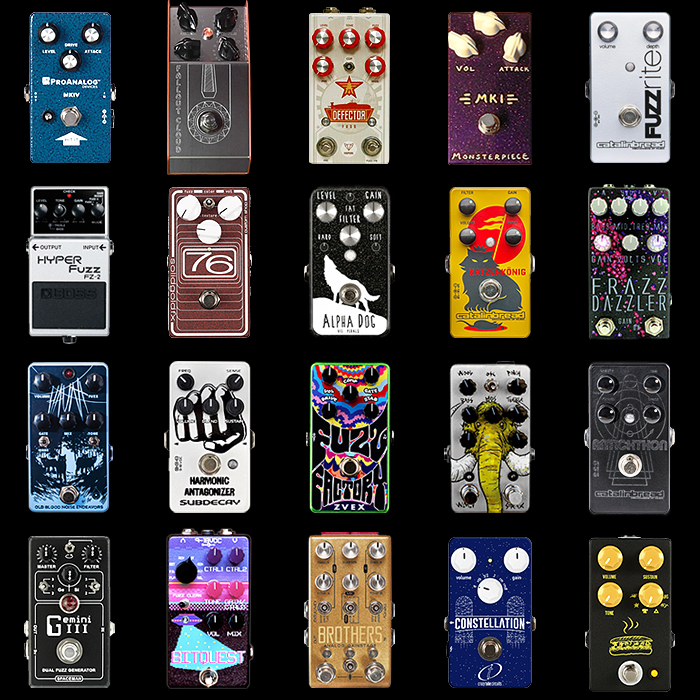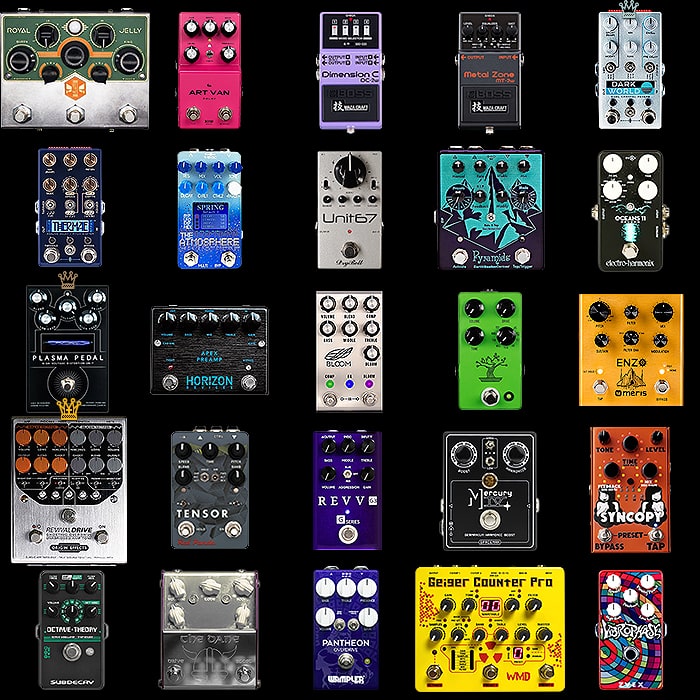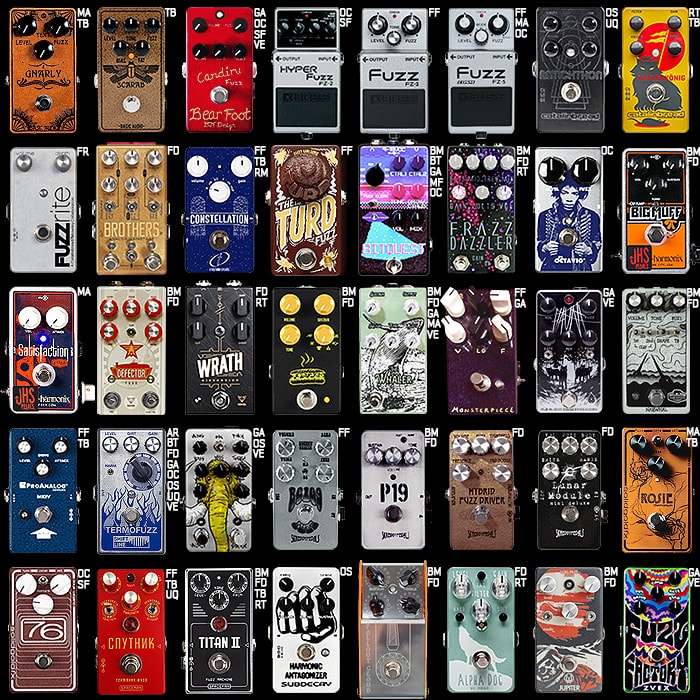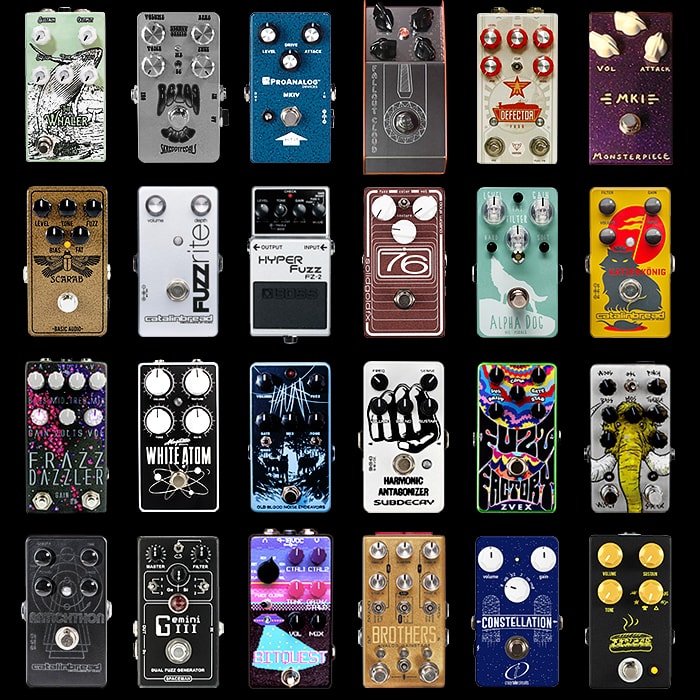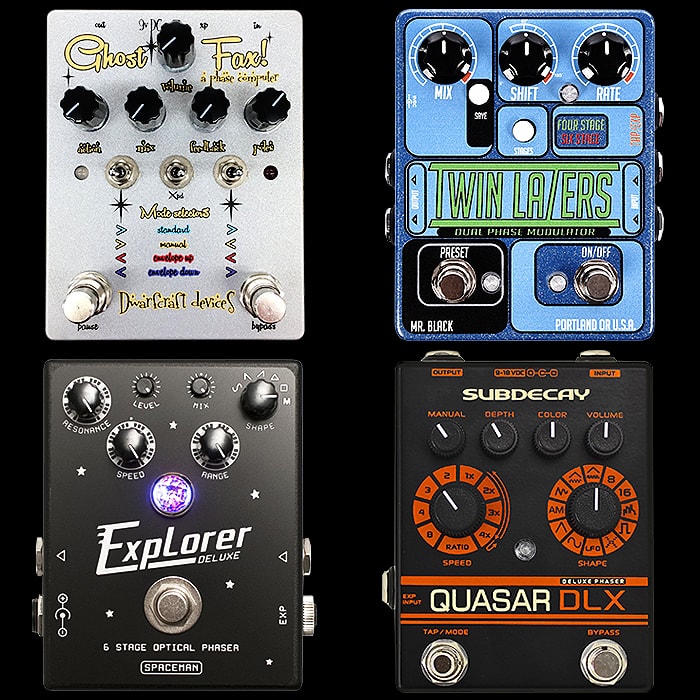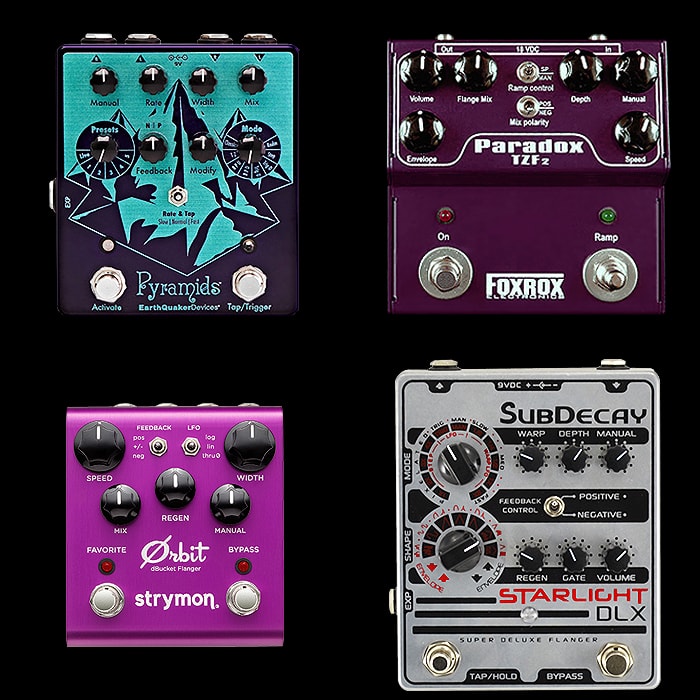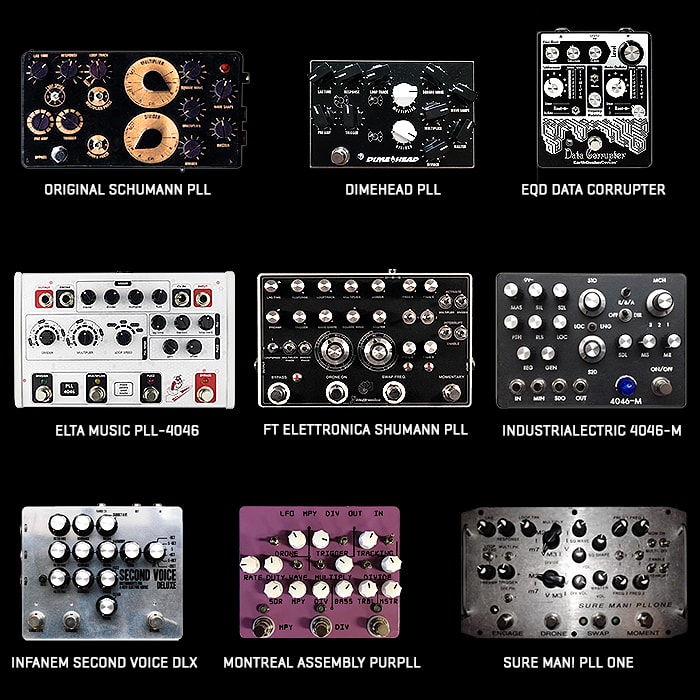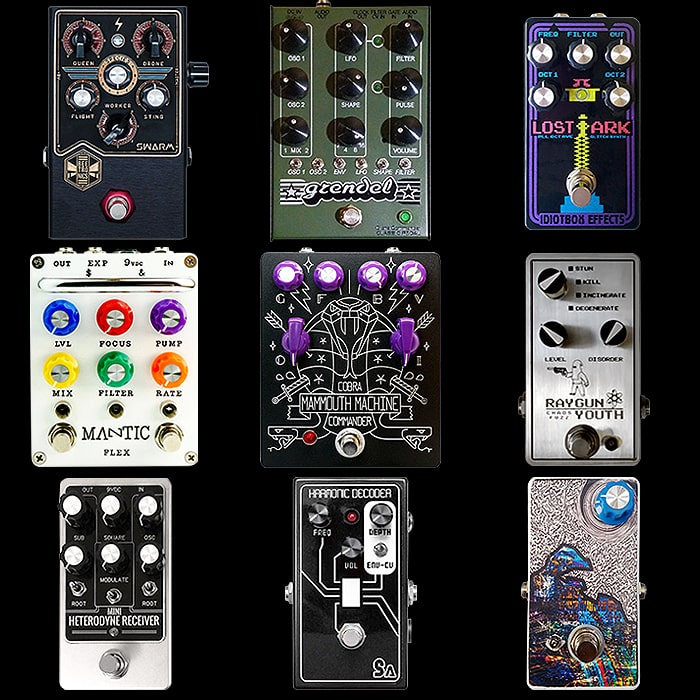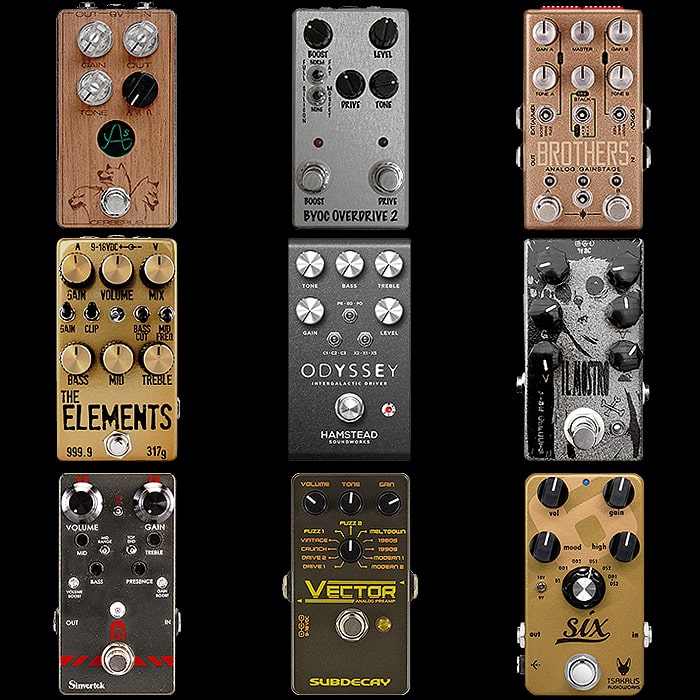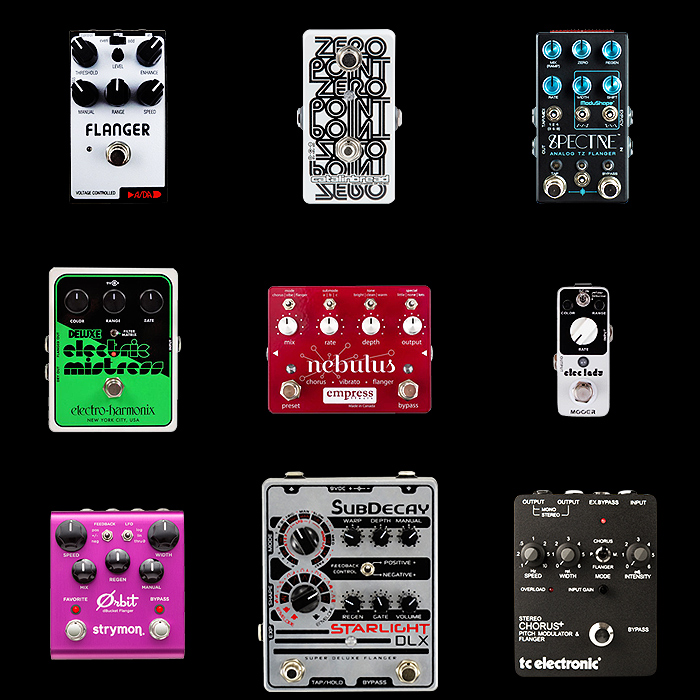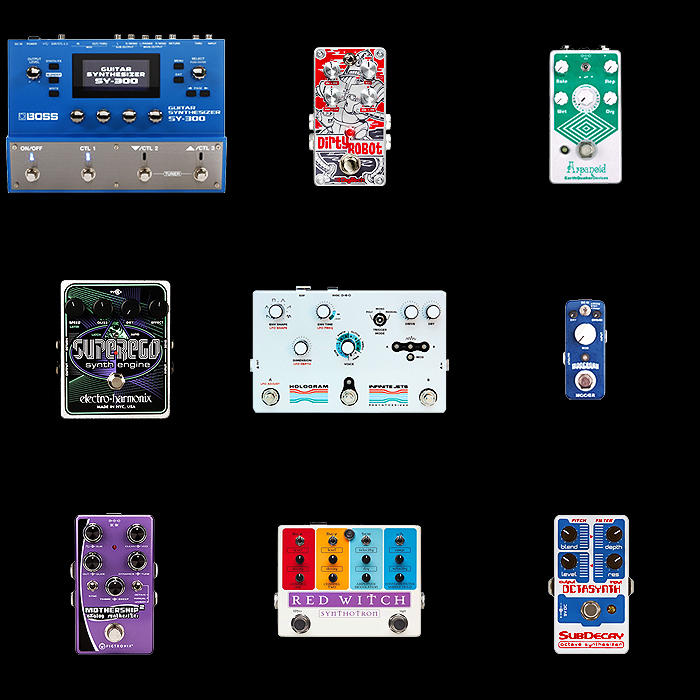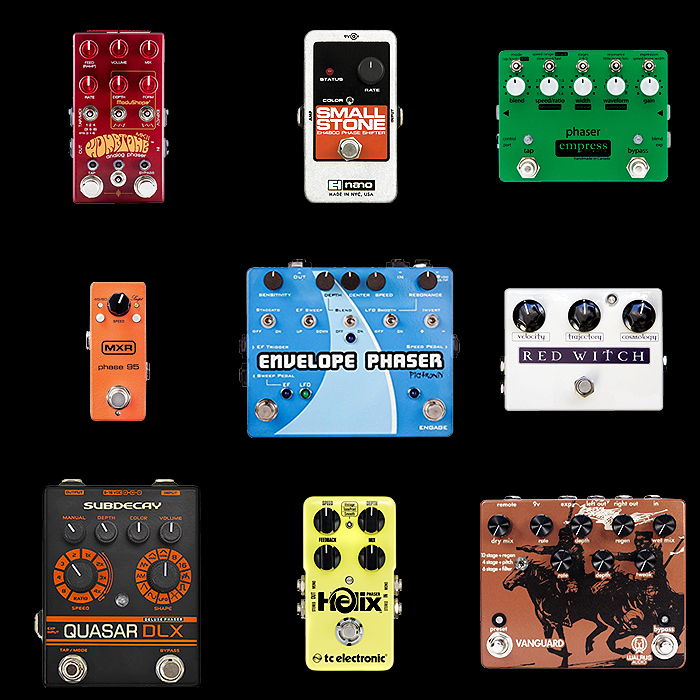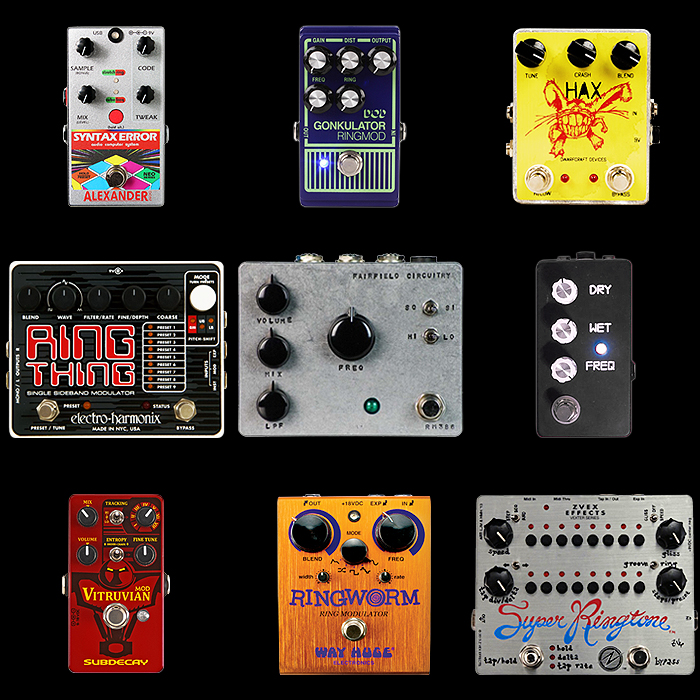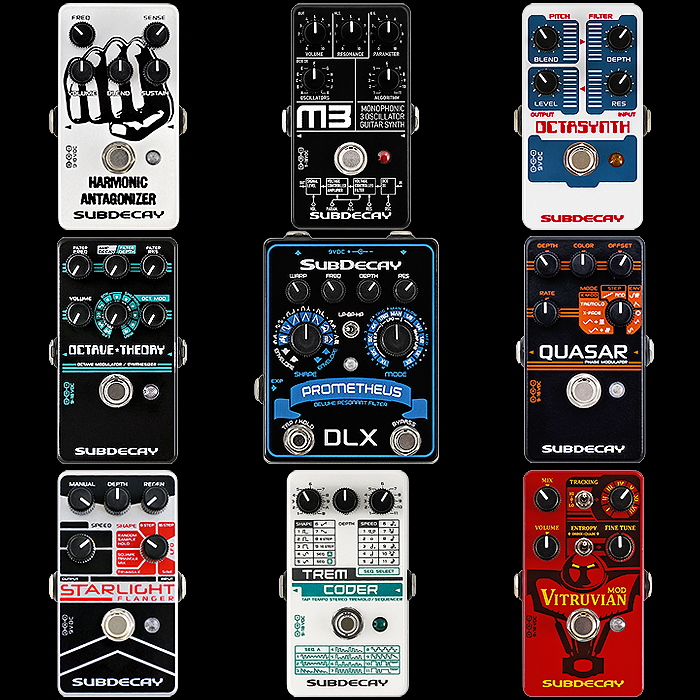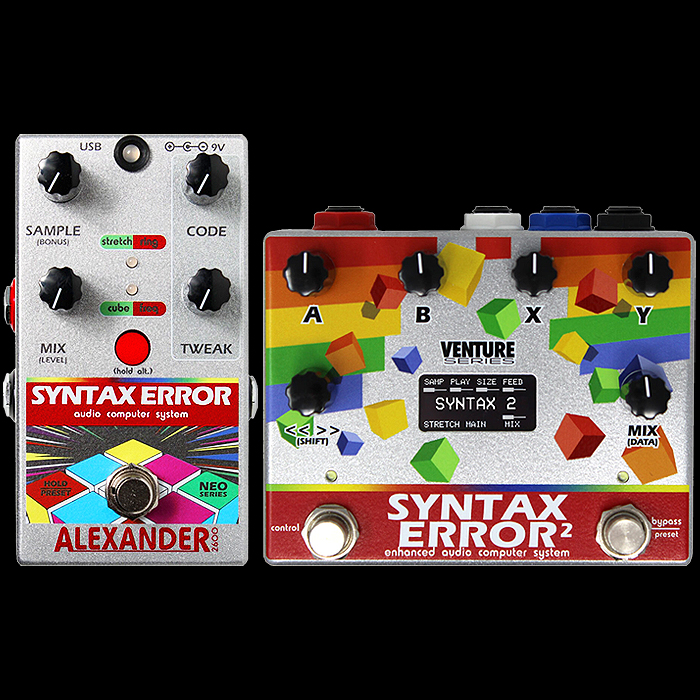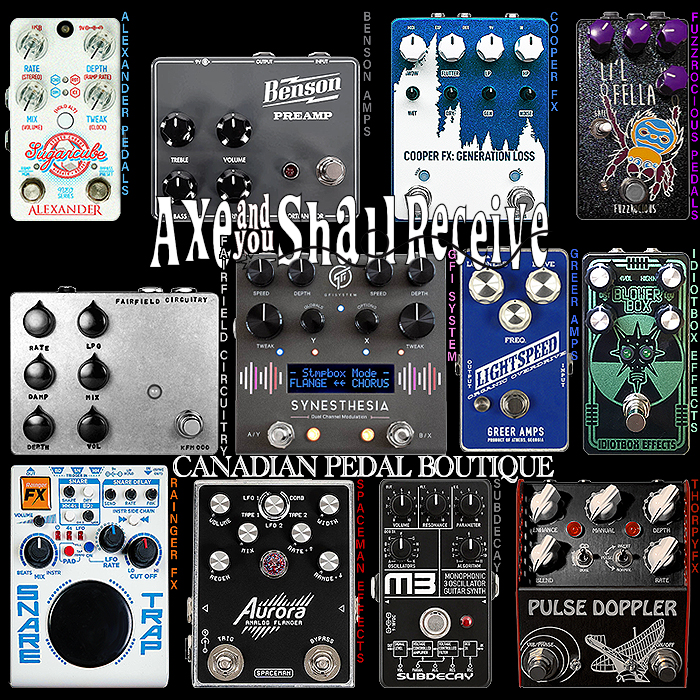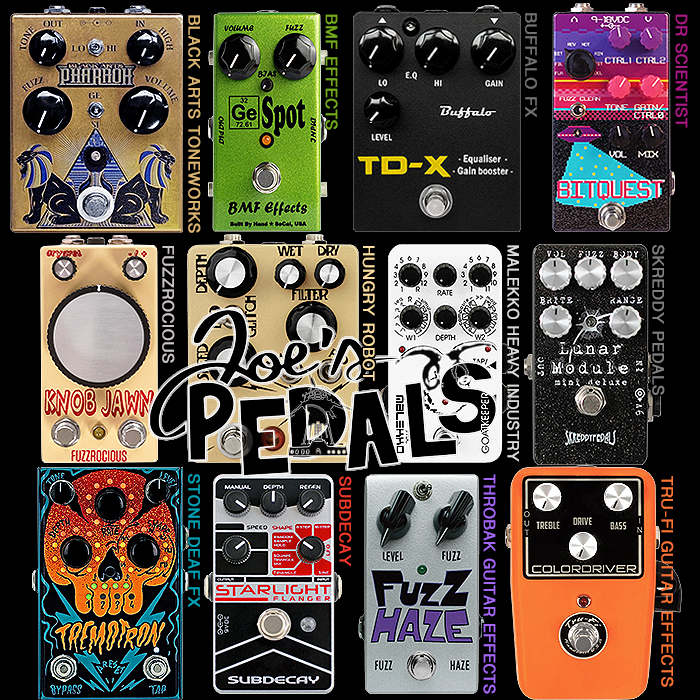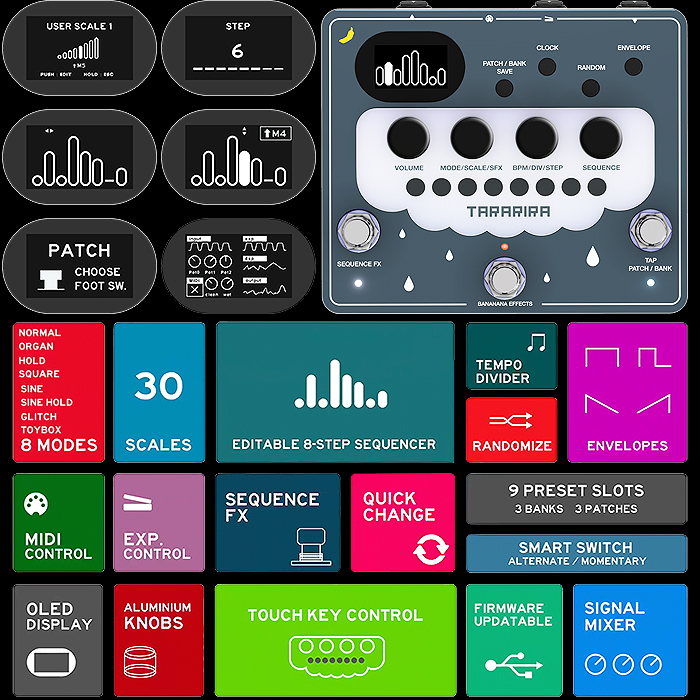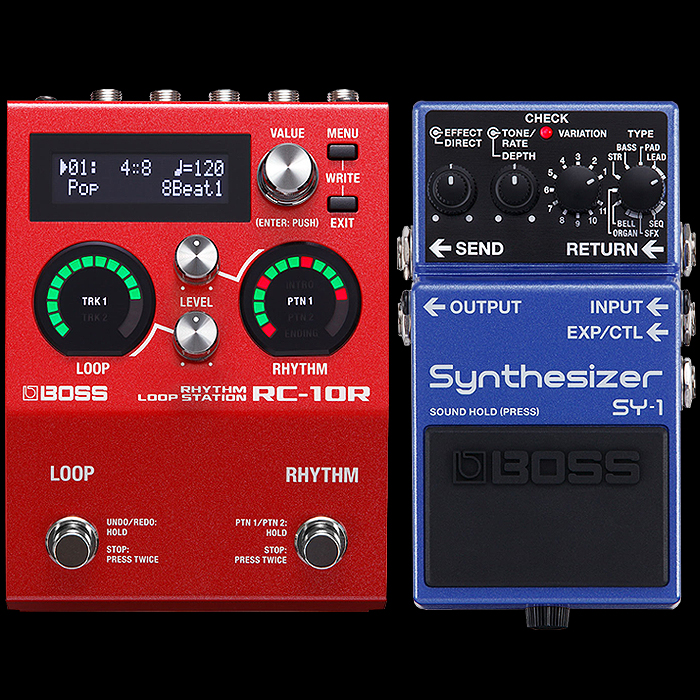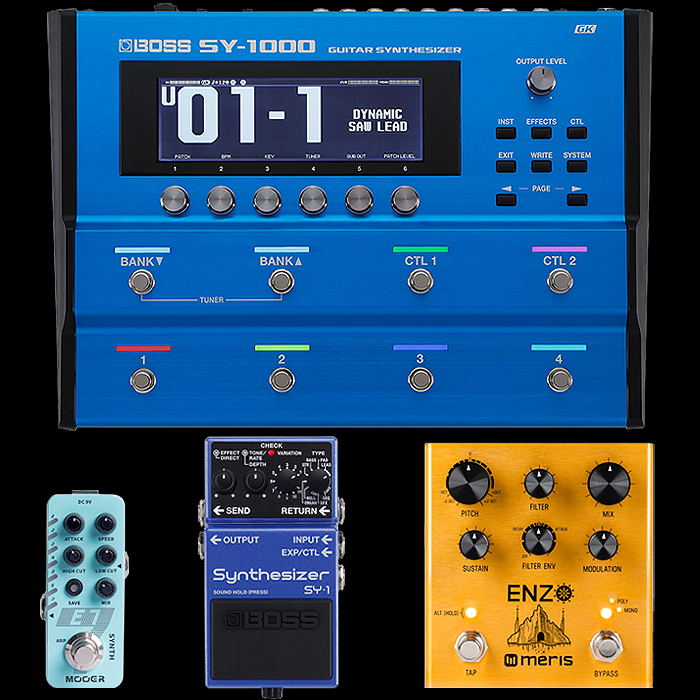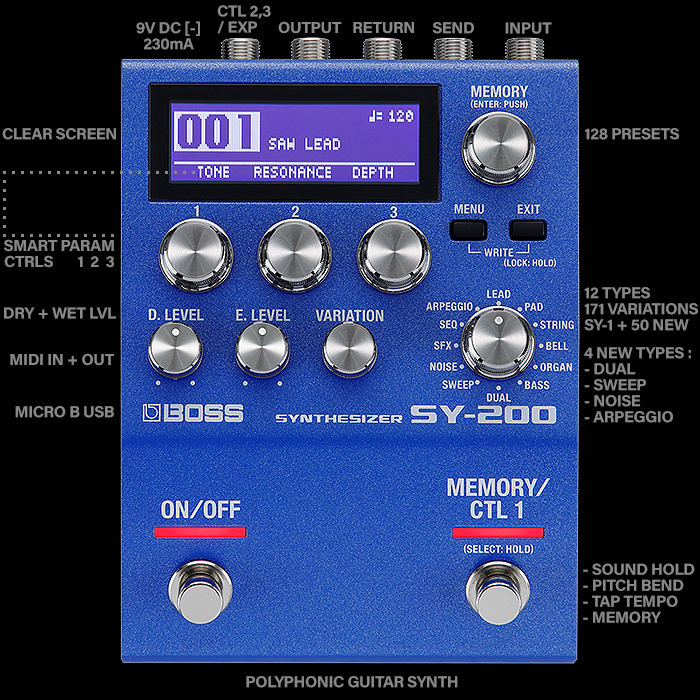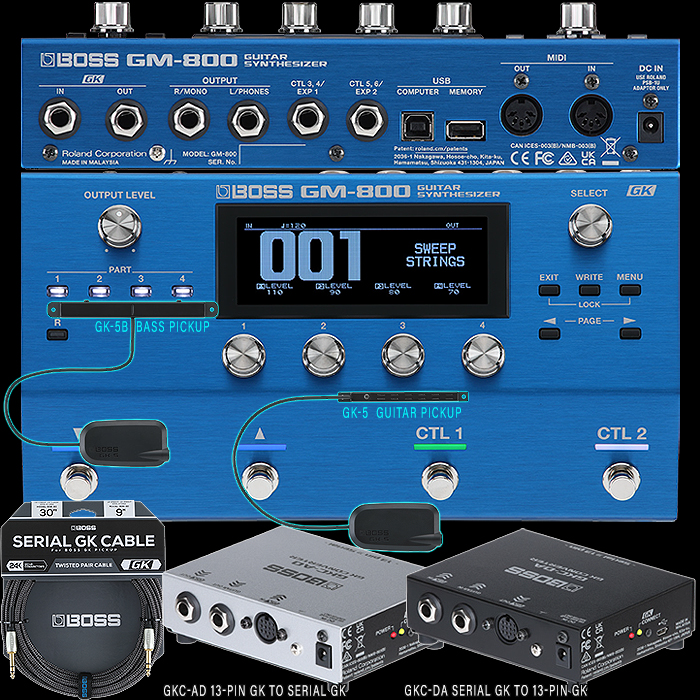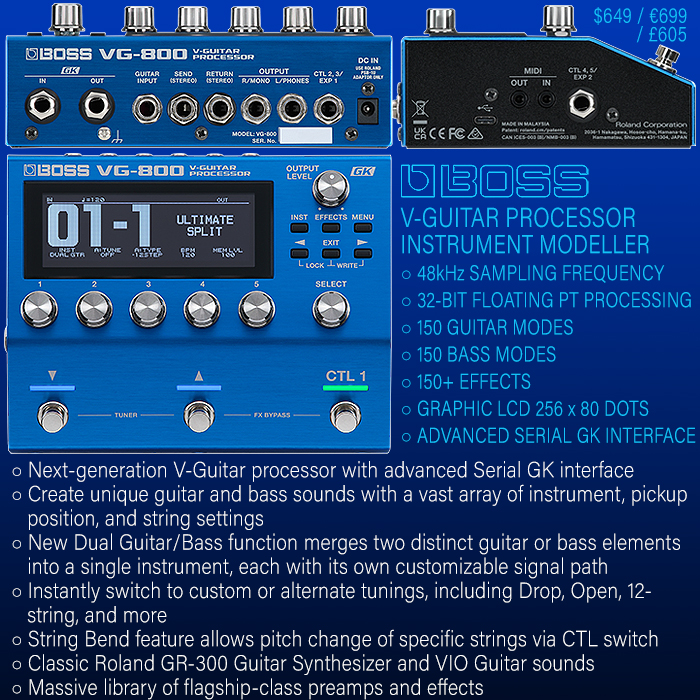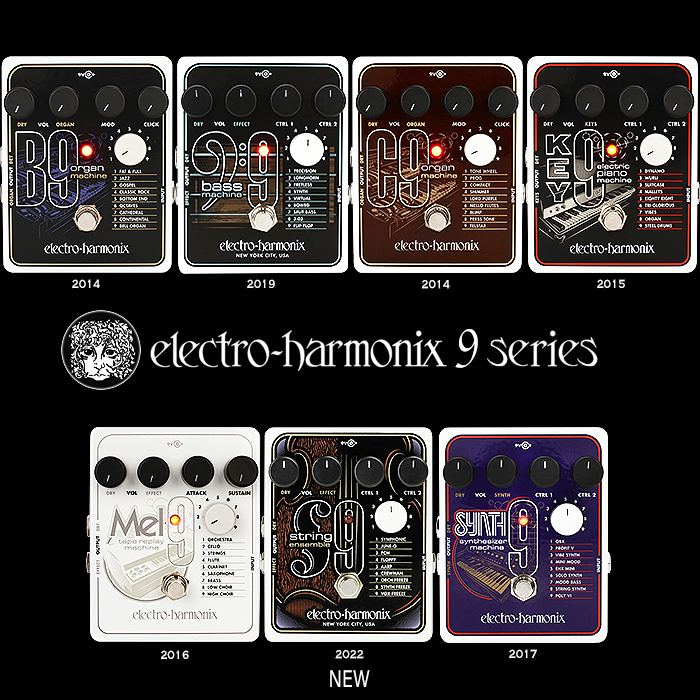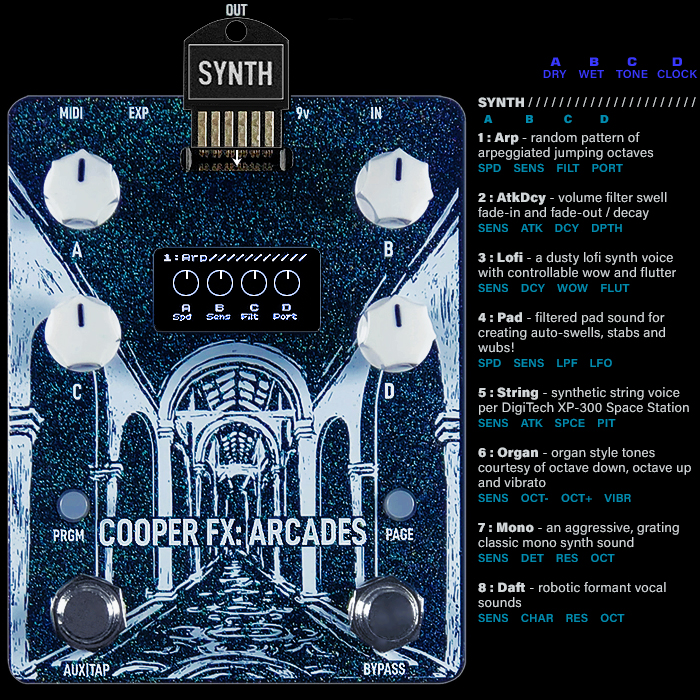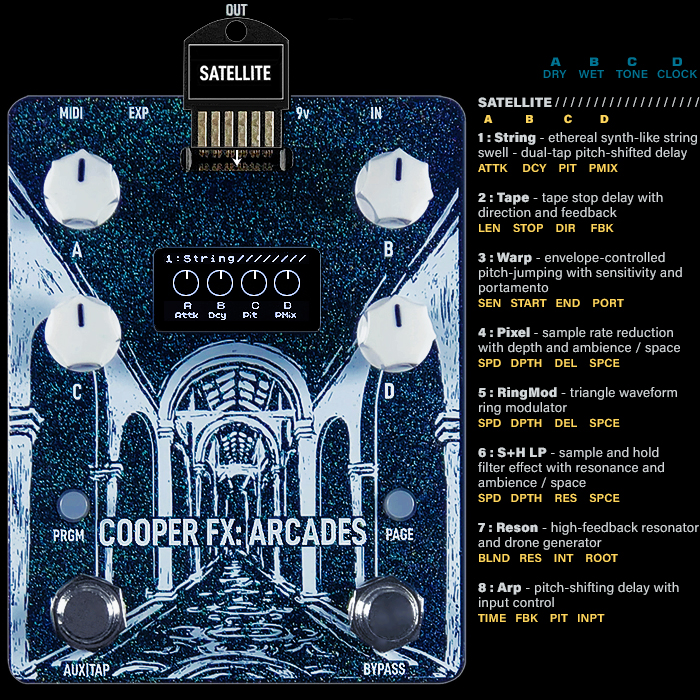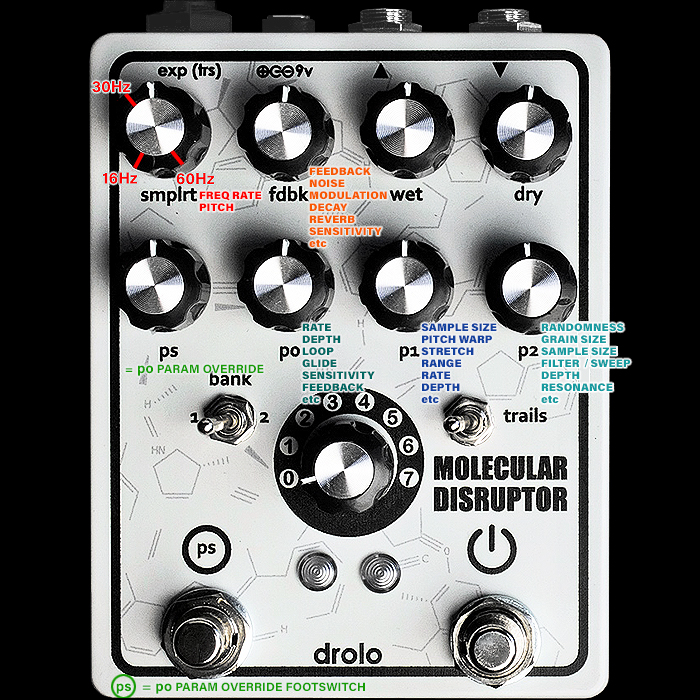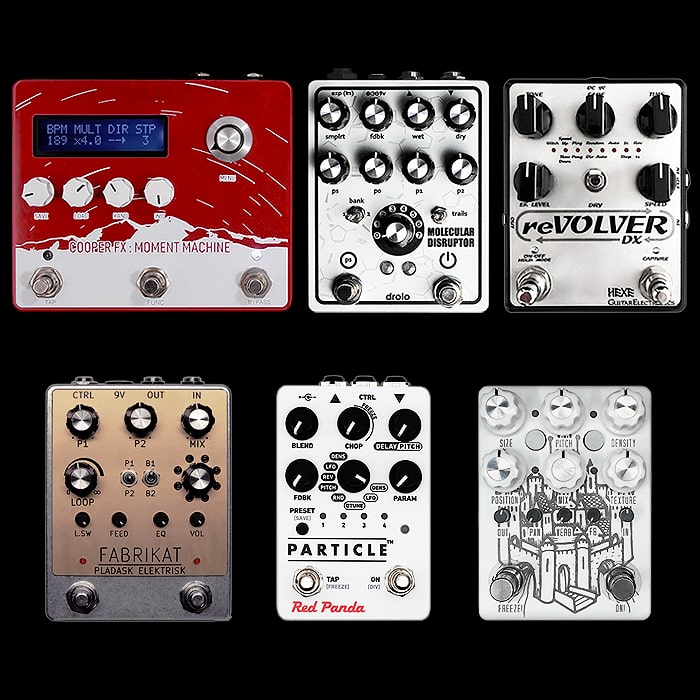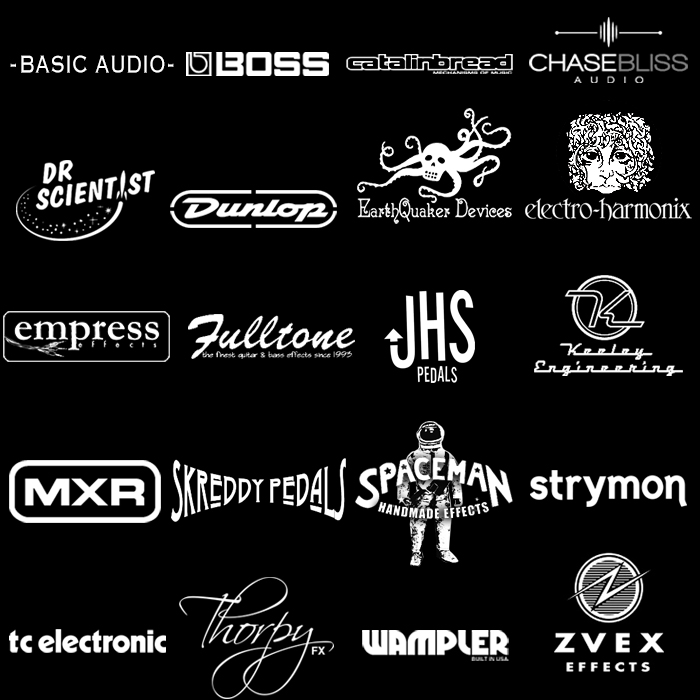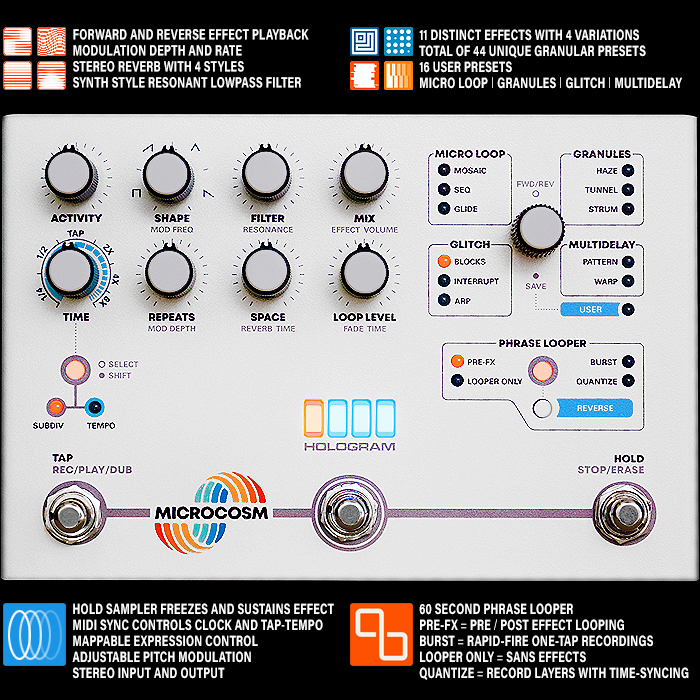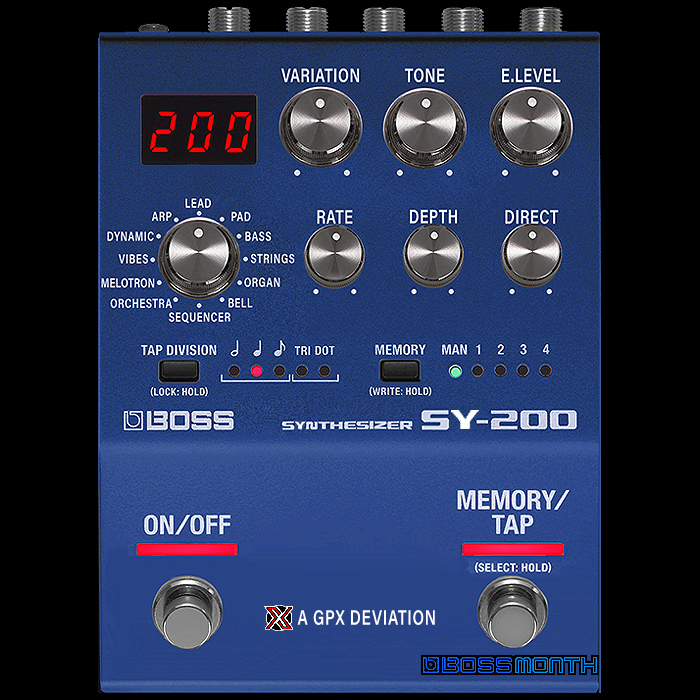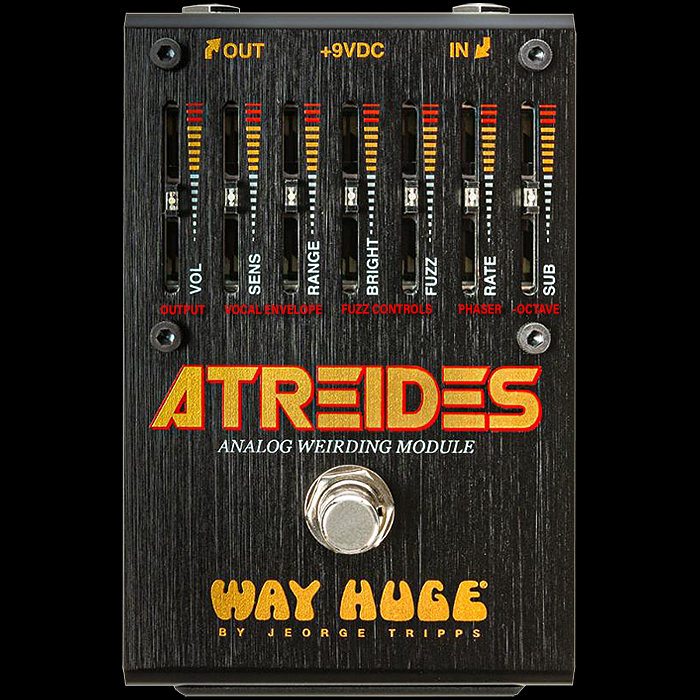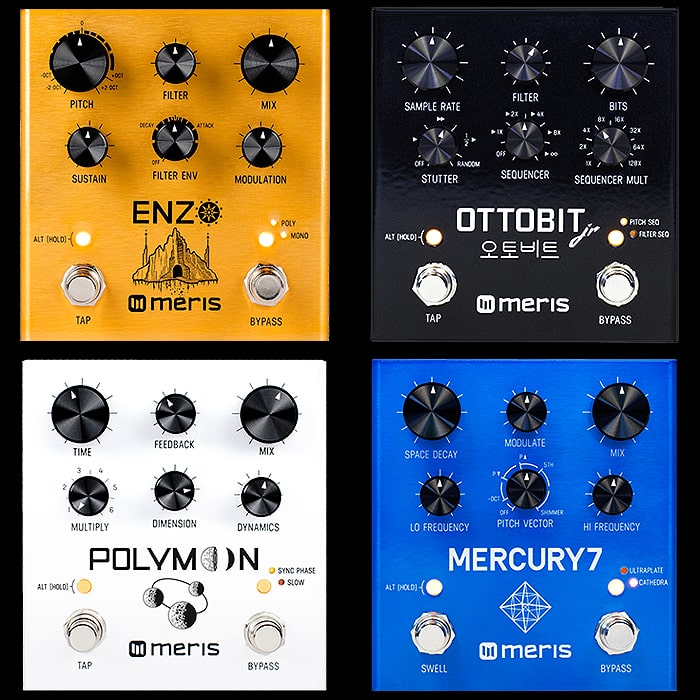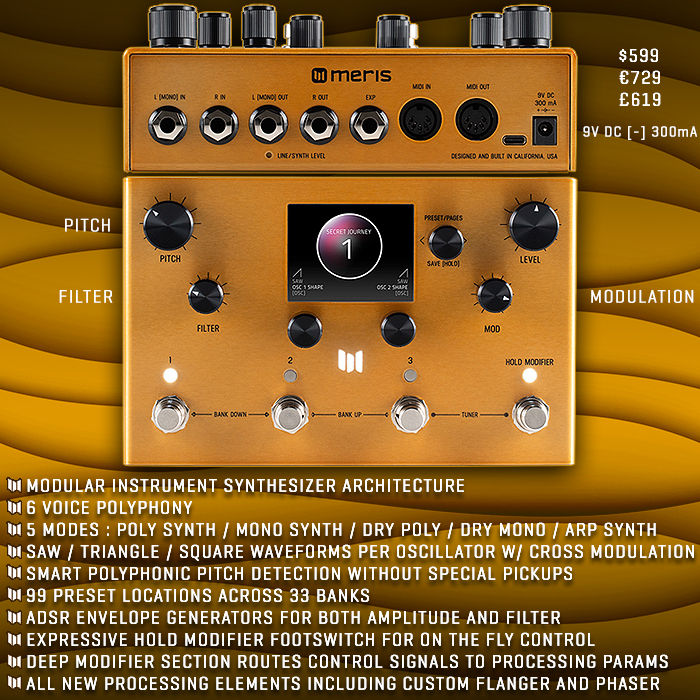Subdecay Releases its 3rd Guitar Synth Pedal - the M3 Monophonic 3 Oscillator Guitar Synth
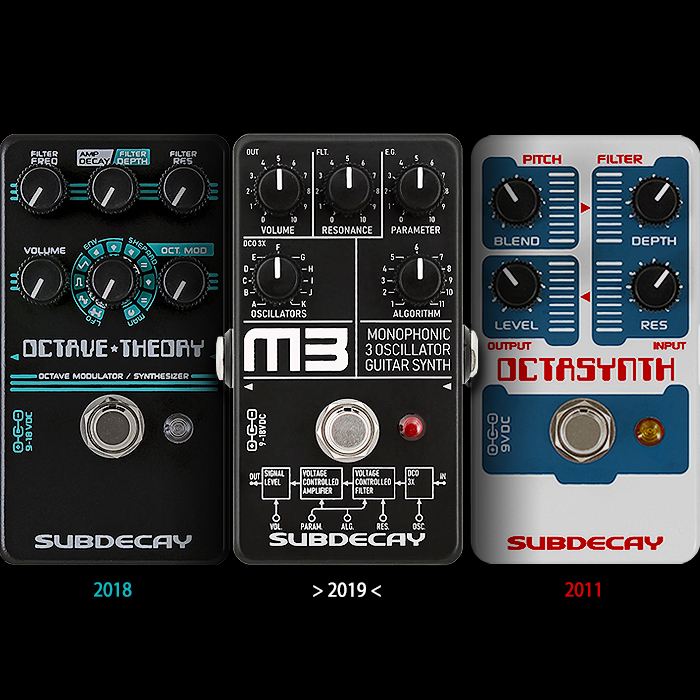
Subdecay’s latest pedal underlines the wealth of new synth pedals we have had this year - including examples from Boss, EHX, Empress Effects, Keeley Electronics, Parasit Studio, Pigtronix, Red Witch and Source Audio to name a few - as well as a slew of new releases last year. As much as this is the era of glitch effects and granular synthesis and micro loopers, it also has to be said that there are a very significant amount of new guitar synth pedals out there too.
I have had both the Octasynth and the Octave Theory on my wishlist for a while - the first was sort of pipped by the DigiTech Dirty Robot, then I got the Pigtronix Mothership 2, and next I took the Boss SY-1 Synthesizer over the Octave Theory. Not that these are like for like, but they all sort of fall into the same category. I was long considering the Meris Enzo too, but I thought I would get more use out of the Octave Theory and the Boss SY-1 for my own purposes - and for the kind of things I do, and anything not covered by the SY-1 I should be able get out of the Empress Zoia - although I need to apply myself a little more on that score - I’ve not really given myself enough time to fully master the Zoia.
As far as Subdecay goes, I was pretty much set to getting the Octave Theory at one stage - before the Boss SY-1 kind of gazumped that. So I had already been through the OctaSynth vs Octave Theory exercise - the latter has slightly more too it, while the former is obviously easier to deploy.
I really feel I should own one of the Subdecay synth pedals - something about these really appeals to me - I just need to decide which of the M3 and Octave Theory I prefer - just double checking with the OctaSynth again in case I’ve changed my mind of that too!
Pedals are listed in chronological order:
Octasynth 3 Octave Square Wave Synthesizer - £134
I had almost forgotten how much fun this one can be - and it's actually really easy to dial in with just 4 controls - Blend | Depth | Level | Resonance - there not a massive variety of tones here - but there's plenty of variation between squelchier and smoother textures - and really elegant response to playing dynamics. These have been around for a good 8 years now - so chances are you can pick up one for a relative bargain price - I might just keep my eyes peeled for one such - one of the most easily satisfying fuzz pedals out there - especially considering how fiddly some of these can be.
Octave Theory Octave Modulator / Synthesizer - £189
In most ways this is a significant advance on the above Octasynth - both are based on the octave synth mechanic, and while the former relies on just 4 controls - you have 5 here alongside a 11-Mode rotary selector - Filter Frequency | Amp Decay/Filter Depth | Filter Resonance | Volume | Octave Modulation/Parameter.
The 11 Modes are split across 4 categories - LFO, Envelope, Shepard Tone and Manual. LFO has Random, Square, Double Square and Triangle options; Envelope is Up or Down; Shepard tone is Equivalent or Down; and Manual mode essentially takes the best of the Octasynth and improves it somewhat.
So I guess it's down to how simple or complex/versatile you want your synth to be - some modes obviously take more tweaking than others, while the Octasynth is far more straight-laced in comparison - on some days I prefer the simplicity of the Octasynth - while actually on balance perhaps it is the Octave Theory I prefer in that head-to-head. I have entertained getting both - as always it will depend upon price and availability - oh and of course general priorities and prevailing mood!
M3 Monophonic 3 Oscillator Guitar Synth - £189
So just when I thought I had settle on the Octave Theory - along comes the M3 - which sort of takes a little after the Boss - with 11 x 11 operational modes - with 11 oscillator setting - A,B & C being Saw Wave ensembles, D,E & F being lower frequency basses, G being 2 oscillators offset by a 5th, H being a major triad, I being Stacked octave Saw waves, J being 2 Square waves and an upper octave 5th, and K being 3 stacked Square wave oscillators in unison.
Those 11 oscillator modes are then controlled by 11 further algorithms each - Wide Open Filter, String Envelope, Portamento/Glissano, Decay, Decay/Sustain 1, Decay Sustain 2, Fade, Vibrato, Fast Modulation, Slow Attack, & Filter Rise.
You start off by selecting an Oscillator Mode, then the relevant Algorithm, next you adjust Resonance, then Parameter (Algorithm Fine-Tune), and finally Volume output level. Much like with Boss - you just need to have some sort of notepad handy for recording your preferred settings / combinations. This is the kind of pedal - like the Boss SY-1 that really could do with presets. It's the most complex of these and the most 'Go-Fish!' In nature, but I am weirdly drawn to it. I'm a sucker for options and versatility, and there seems slightly more to it than the Octave Theory, even though I really like that one too. In some ways these Synth Pedals get more complex with each subsequent evolution - but you get more versatility and verve too - albeit and equally sharp learning curve.
Final Thoughts and Recommendations
I feel that approaching these in chronological order is probably the best tactic here as the first is the easiest to understand and deploy, and things get infinitely more interesting and complex from there.
I think I would actually enjoy all of these - each produces tones that really appeal to me, but as I get more and more used to the Boss SY-1 possibly it makes more sense to get the M3 as a companion pedal for that, or perhaps I should get the Octave Theory which is slightly different - and has that cool Shepard Effect.
You can get the Octasynth at a lower price than the others, but there don't seem to be that many around at a significant discount - so it's unlikely that price will be a major factor for most here. It's probably going to come more down to deployment preferences and whether you are a Dan or Mick type in terms of how many knobs and switches you can tolerate. The Octasynth is certainly easily the most straightforward here - and the last mentioned - the M3 the most complex - while you can probably figure out the Octave Theory without a manual, but would need a manual and notes to get the most out of the M3.
Have Subdecay saved the best to last? I'm leaning on probably yes here - there are certainly similarities in execution to the Boss SY-1 while that has a slightly broader pallet of tones. I'm not sure how much overlap exactly there is between those two - doesn't appear to be too much - which would make the M3 a really decent rotation partner. I still want the Shepard Effect too - which comes with the Octave Theory. So possibly my preference priority here goes M3, then Octave Theory and then Octasynth - which will likely be the order of acquisition too - although I can say exactly when any of these are likely to enter the collection.
I have 4 synth pedals currently - more so if I include some of my glitch pedals - but certainly the Boss SY-1, DigiTech Dirty Robot, Empress Zoia and Pigtronix Mothership 2 - possibly those will do me for a while. There are several others I like the look of - and if Chase Bliss Audio ever does something in this area I would undoubtedly leap on that too. In any case - probably add one or two next year - could be one of these if there is nothing particularly exciting coming out of Winter or Summer NAMM ...



















